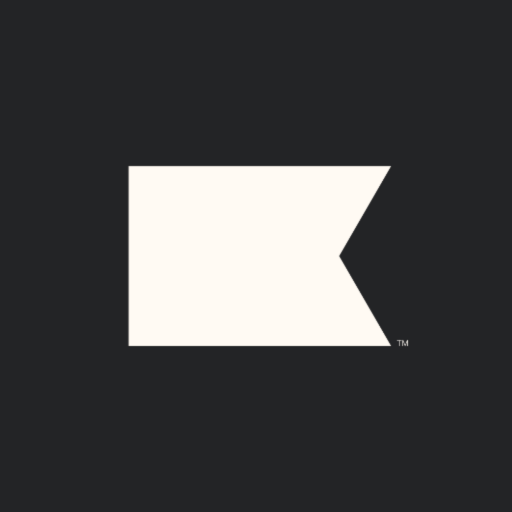How We Re-Invented America's Favorite Dessert [And Sold Hundreds Of Thousands]
Hi! I’m Candace Wu — one of the founders of Wonder Monday, a healthy snack brand re-inventing America’s favorite dessert: the cheesecake.
Our high protein, low carb, no sugar added cheesecakes taste just like the real deal with an impeccable nutrition panel: 1g net carb, <1g sugar, 5g clean protein, and 90-100 calories. We have 6 decadent flavors: Classic New York, Strawberry Bliss, Key Lime Pie, Pumpkin Spice, Salted Caramel, and Chocolate Decadence.
My partner, Jonathan Weinstein, and I started the brand with no prior CPG experience and no venture funding. Since launching in early 2021, we’ve sold hundreds of thousands of cheesecake snacks to all 50 states — all online!

What's your backstory and how did you come up with the idea?
I’ve always believed in the power of good food to...

Download the report and join our email newsletter packed with business ideas and money-making opportunities, backed by real-life case studies.

Download the report and join our email newsletter packed with business ideas and money-making opportunities, backed by real-life case studies.

Download the report and join our email newsletter packed with business ideas and money-making opportunities, backed by real-life case studies.

Download the report and join our email newsletter packed with business ideas and money-making opportunities, backed by real-life case studies.

Download the report and join our email newsletter packed with business ideas and money-making opportunities, backed by real-life case studies.

Download the report and join our email newsletter packed with business ideas and money-making opportunities, backed by real-life case studies.

Download the report and join our email newsletter packed with business ideas and money-making opportunities, backed by real-life case studies.

Download the report and join our email newsletter packed with business ideas and money-making opportunities, backed by real-life case studies.













